As the growth of new energy vehicle (NEV) sales in China slows, more and more Chinese automakers are accelerating their penetration into overseas markets.
Rising trade barriers in Europe and North America are weighing on their expansion. But Chinese automakers are aggressively exploring new markets in the rest of the world…
Starting from the “heart” of Europe
After attending the Belt and Road (BRI) Summit in Beijing last October, Hungarian Prime Minister Viktor Orban stopped by the Shenzhen headquarters of electric vehicle giant BYD to learn about the latest developments in new energy vehicles (NEVs) and electric vehicle batteries.
Although the two sides did not sign any cooperation agreements at the time, Mr. Orban said that his country welcomed Chinese companies and that both sides “expressed a strong interest in working together.”
Less than three months after Mr Orban's visit, BYD announced in December last year that it was setting up its first electric vehicle factory in Europe in Hungary, signaling the Chinese electric carmaker's ambitions to expand its presence in the European market.
In addition to BYD, over the past year, other Chinese companies in the electric vehicle industry, such as CATL – the world's largest electric vehicle battery maker, and Eve Energy have also announced plans to open factories in Hungary, a European country with friendly relations with Beijing.
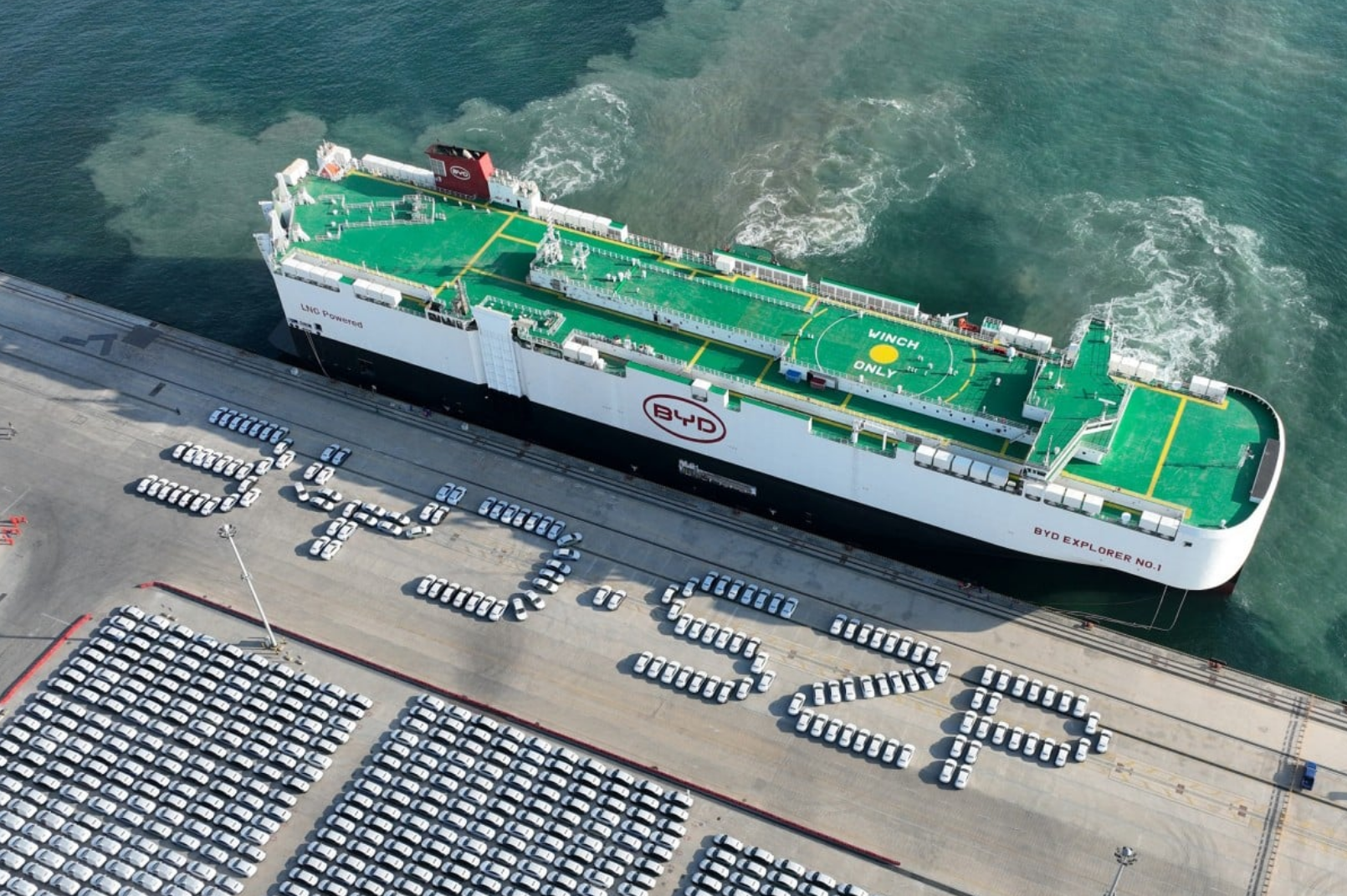
The vehicle carrier “BYD Explorer No. 1” arrives at the Xiaomo International Logistics Port in Shenzhen, Jan. 14, 2024. The vehicle carrier departs for the ports of Vlissingen in the Netherlands and Bremerhaven in Germany with more than 5,000 new energy vehicles on board. Photo: Xinhua
Located in the “heart” of Europe, Hungary is both a transit point and a distribution center for Asian countries entering the European market. Based on European Union (EU) agreements, trade between EU members is exempt from value-added tax and customs duties, so cars produced by Chinese companies at their Hungarian factories are exempt from import duties.
Chinese brands will account for 8% of new electric vehicles sold in Europe in 2023, up from 6% in 2022 and 4% in 2021, according to data from French consultancy Inovev.
In addition to “Made in China” products, Western electric vehicle manufacturers also buy various raw materials and components from China, the most important of which is the battery, which is considered the “heart” of electric vehicles. Currently, of the world’s top 10 electric vehicle battery sellers, more than half come from China.
At an automotive conference last October in the northeastern Chinese city of Changchun, Professor Ferdinand Dudenhöffer of the Center for Automotive Research in Duisburg, Germany, said that demand for Chinese battery technology in Europe is huge, and famous car manufacturers such as Mercedes-Benz, BMW, and Volkswagen all need batteries made in China.
As the electric vehicle industry is at the forefront of the competition between China and the EU, European carmakers are rushing to rapidly convert their manufacturing plants to increase electric vehicle production.
However, China is leading in core supply chains, mass production, product development and electric vehicle technology, so it will not be easy for European carmakers to surpass their Chinese rivals in the short term.
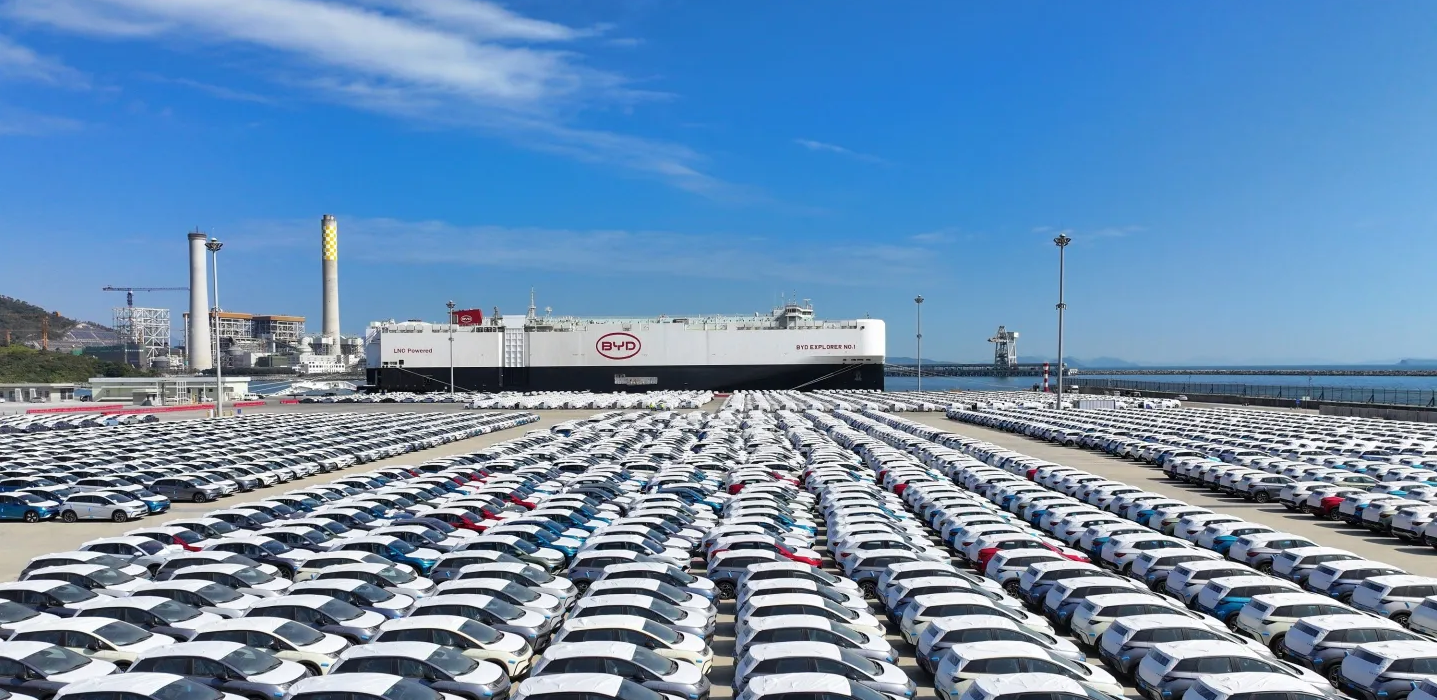
BYD electric cars in Shenzhen, China, ready for export to Europe. Photo: Xinhua
To buy its carmakers more time, the EU has implemented a series of controls to strengthen barriers to Chinese electric vehicles entering Europe, including new rules requiring electric vehicle battery makers to disclose the carbon emissions of their products, as well as anti-subsidy investigations into Chinese electric vehicles.
EU investigators will visit Chinese electric car makers BYD, Geely and SAIC in the coming days as part of an investigation into whether they have gained an unfair advantage thanks to government subsidies.
The visit, part of an EU investigation expected to last 13 months, will help determine whether the EU should impose higher tariffs on goods from China to protect its carmakers.
It's just a matter of time.
Last year in China, BYD launched the Seagull, an electric car with an attractive price of about $11,000. It quickly became one of the best-selling electric cars in China.
With its price advantage, the Seagull and similar models from China will likely flood markets around the world, and could eventually become a common sight on American streets. For comparison, the once-popular Nissan Leaf electric car starts at $28,000.
“No one can match BYD on price,” Michael Dunne, CEO of Asia-focused automotive consultancy Dunne Insights, told the Financial Times in early January. “Boardrooms in the US, Europe, Korea and Japan are in shock.”
The average cost of a new car in the U.S. is $48,000, Mr. Dunne explained. If a Chinese automaker launches a $20,000 product, even with a 25 percent tariff, “they’re still in a very favorable position.”
Electric cars made in China are sold in more than 100 countries, and the US is the only market where they “haven’t really started a big push,” Mr. Dunne told the Wall Street Journal.
Chinese automakers face a greater challenge entering the U.S. market than Europeans, with the Biden administration continuing the Trump administration’s policy of imposing a 25% tariff on imported vehicles from China.
Enacted in August 2022, the Inflation Reduction Act (IRA) also strengthens “Buy American” policies, which exclude electric vehicles, batteries, and other components and resources made by Chinese companies from US supply chains.
To expand their presence in the North American market, Chinese automakers have accelerated their expansion into Mexico over the past three years, making the country a key link for Chinese new energy vehicles to enter the continent.
Currently, at least six Chinese automakers are thinking about building factories in Mexico or working closely with local distributors.
Analysts point out that in addition to the huge potential of the local market, Chinese auto companies also choose to invest in Mexico because of the country’s experience and expertise in the auto industry. At the same time, geopolitics and the free trade agreement with the United States also benefit investors.
Washington has expressed concerns to Mexico about the wave of Chinese electric vehicle investment, the Financial Times reported. The US government is concerned that Chinese automakers will be able to circumvent IRA restrictions by manufacturing cars in Mexico, undercutting global rivals with more technologically advanced and competitively priced models.

Electric vehicles manufactured in China at a distribution center in Chongqing, China, January 2024. Photo: Getty Images
While the US has said it has no intention of blocking Chinese investment in Mexico, US Treasury Secretary Janet Yellen recently called on Mexico to “correctly apply trade rules.” In response, China’s Ministry of Commerce said that bilateral cooperation between China and Mexico is a matter between two sovereign countries and that no third party has the right to interfere.
Although Chinese automakers face serious challenges in penetrating the U.S. market, some experts remain optimistic about their prospects due to the huge price advantage of Chinese EVs and the lack of low-cost options in the U.S. market. They feel that it is just a matter of time before Chinese EVs conquer the U.S. auto market.
“They (Chinese electric vehicle makers) have grown very quickly and have grown at a large scale,” Ford Motor Co. Executive Chairman Bill Ford Jr. told CNN. “They’re not here yet, but we think they’re going to come here at some point and we need to be ready.”
Southeast Asia calls
The business-friendly environment in Southeast Asia has encouraged Chinese new energy vehicle makers to accelerate their penetration, making the region a focus of their overseas expansion plans by 2024.
Figures from the China Passenger Car Association (CPCA) show that Chinese vehicle exports to Germany, France, the UK, Spain and Belgium fell significantly in November 2023. At the same time, exports to countries such as Thailand and the Philippines increased sharply, signaling a shift in the main overseas operating areas from Europe to Southeast Asia for Chinese electric vehicles.
After Europe, Southeast Asia is the second-largest market for Chinese EV companies expanding overseas. According to a report released by market research firm Counterpoint last September, sales of the EV segment alone increased by 894% in Southeast Asia in the second quarter of 2023.
Although electric vehicles accounted for just 6% of new car sales in Southeast Asia in the second quarter of 2023, that was double the previous quarter. At the start of 2022, the figure was just 0.3%.
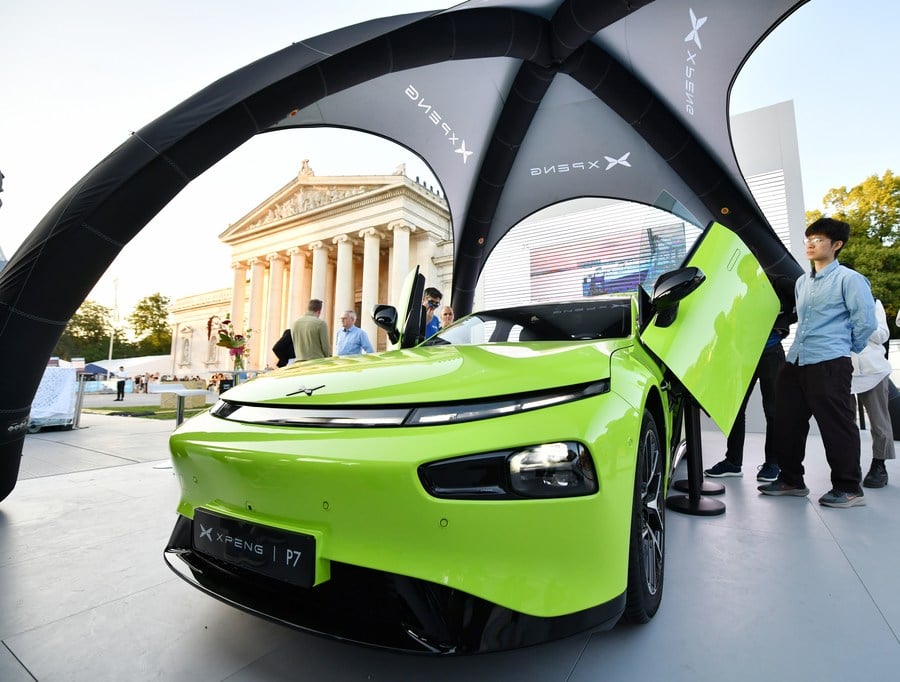
Visitors visit Xpeng's booth at the IAA International Motor Show in Munich, Germany, September 5, 2023. Photo: Xinhua
Chinese electric vehicle manufacturers are actively expanding in Southeast Asia because the region has huge potential for auto demand and room for growth, according to Andy Zhou, head of Deloitte China Automotive.
“Unlike China, Europe and the United States, the penetration rate of new energy vehicles in Southeast Asia is lower, making it a blue ocean for automakers. After two years of government policy stimulus, there has been a significant breakthrough in the sales of new energy vehicles in this market,” said Zhou.
Counterpoint's report concludes that Chinese automakers will be the biggest beneficiaries of Southeast Asia's EV demand in the near future, and Thailand will be a "hot spot" as new automakers set up shop in the country.
As the region’s largest automaker, Thailand boasts a comprehensive auto industry, a huge domestic market, and access to major overseas markets. In recent years, Chinese electric vehicle manufacturers have accelerated the establishment of production lines in Thailand to meet soaring regional demand.
Nickel is a key component of lithium-ion batteries, the most important part of an electric vehicle. As the electric vehicle industry grows, nickel is becoming more important. As a result, major automakers are looking to invest in Indonesia, which has the world's largest nickel reserves.
According to Antara Indonesia news agency, the Indonesian government said four Chinese electric vehicle makers, including Wuling Motors and BYD, had expressed interest in investing in the country as of late December last year.
In July 2023, Malaysian Prime Minister Anwar Ibrahim revealed that Geely plans to invest $10 billion to build the country's largest automotive hub in the town of Tanjung Malim in Perak state.
Geely said Malaysia is a strategic choice for the company and a gateway to the Southeast Asian market. “Geely will proactively seize new opportunities brought by economic growth in the region and increase investment in ASEAN,” the Chinese automaker said.
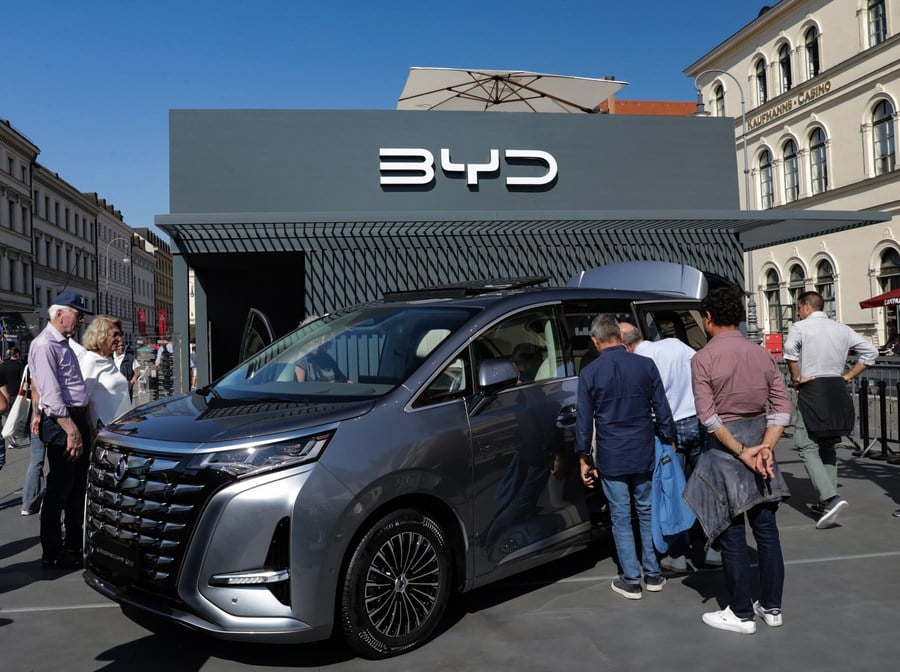
Visitors look at BYD's booth at the IAA International Motor Show in Munich, Germany, September 8, 2023. Photo: Xinhua
Both consumers and governments in Southeast Asia are more receptive to Chinese capital and brands, making it easier for Chinese automakers to penetrate the region, said Mr. Zhou, head of Deloitte China Automotive. This will partly offset their declining sales in Europe.
However, Mr. Zhou also emphasized that Japanese automakers have long been operating in Southeast Asia and have a leading advantage in the field of fossil-fuel vehicles. As Chinese electric vehicles become more popular in the region, the local electric vehicle industry chain will become more complicated.
In the coming time, more and more Japanese and Korean automakers will also bring their electric vehicles to the region, increasing competition in the Southeast Asian electric vehicle market, Mr. Zhou said .
Minh Duc (According to Think China, Xinhua, Fortune)
Source








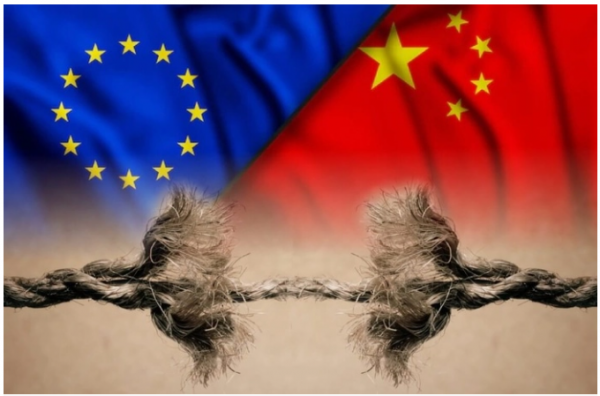




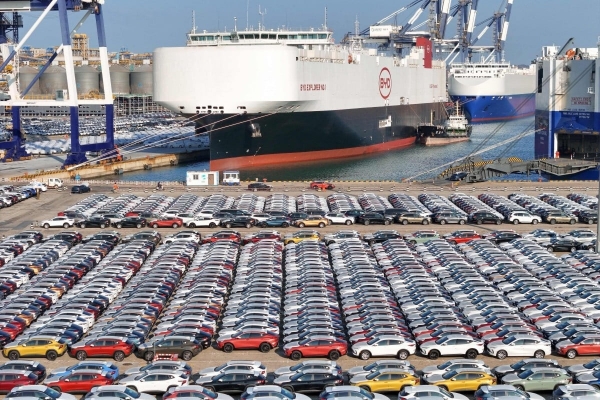




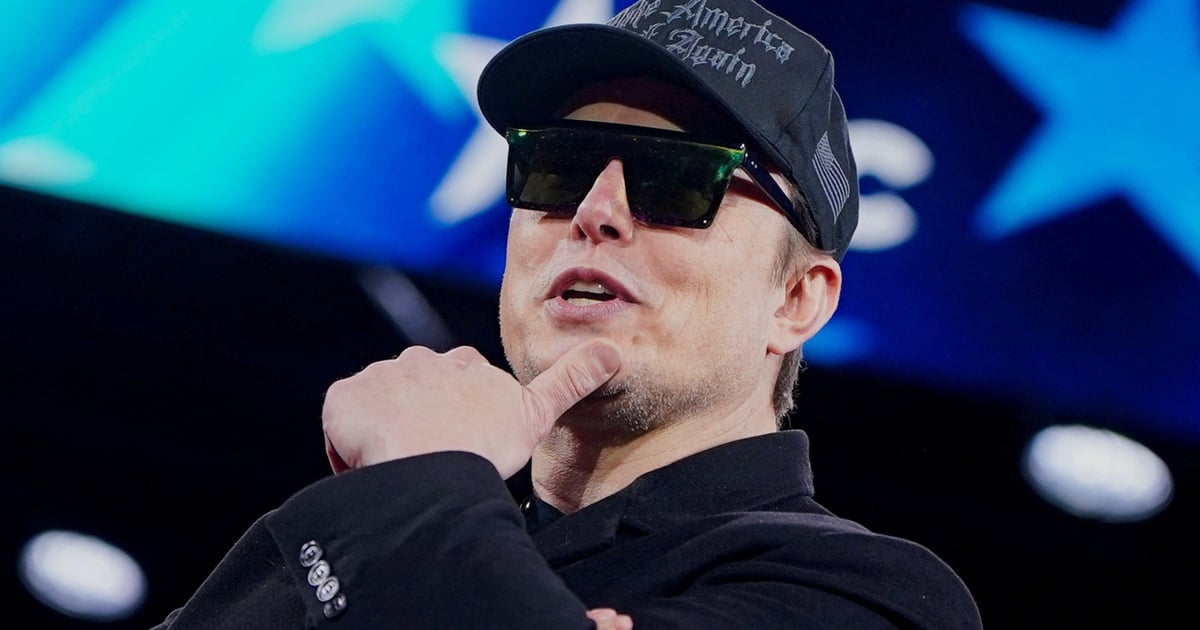

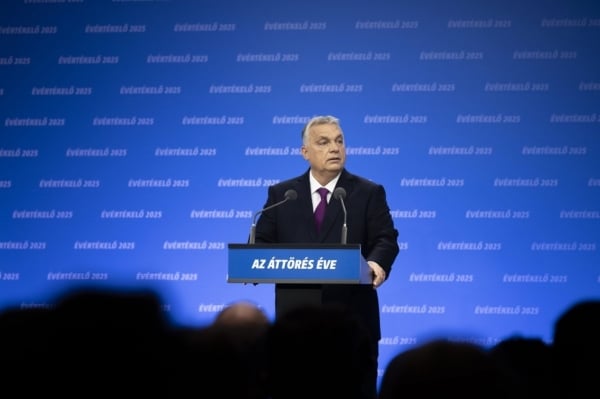



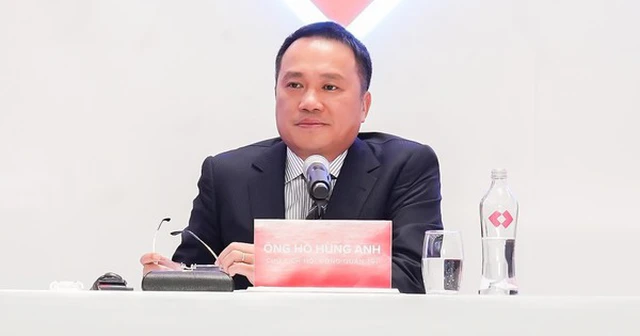
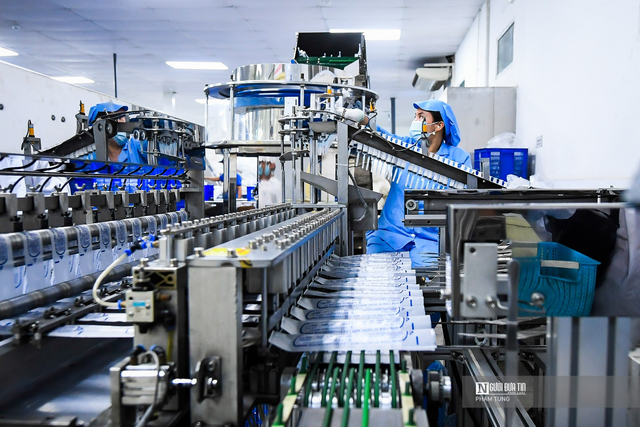
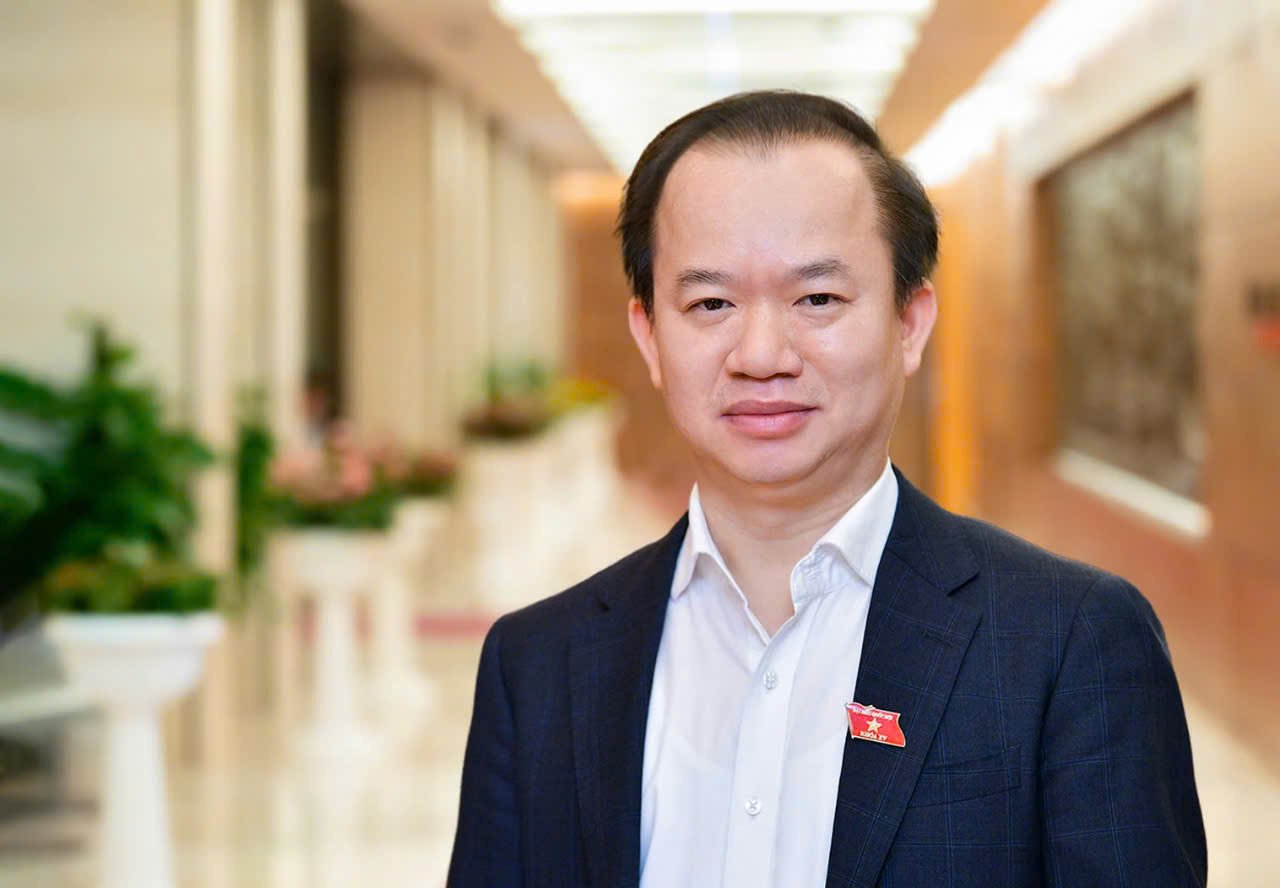


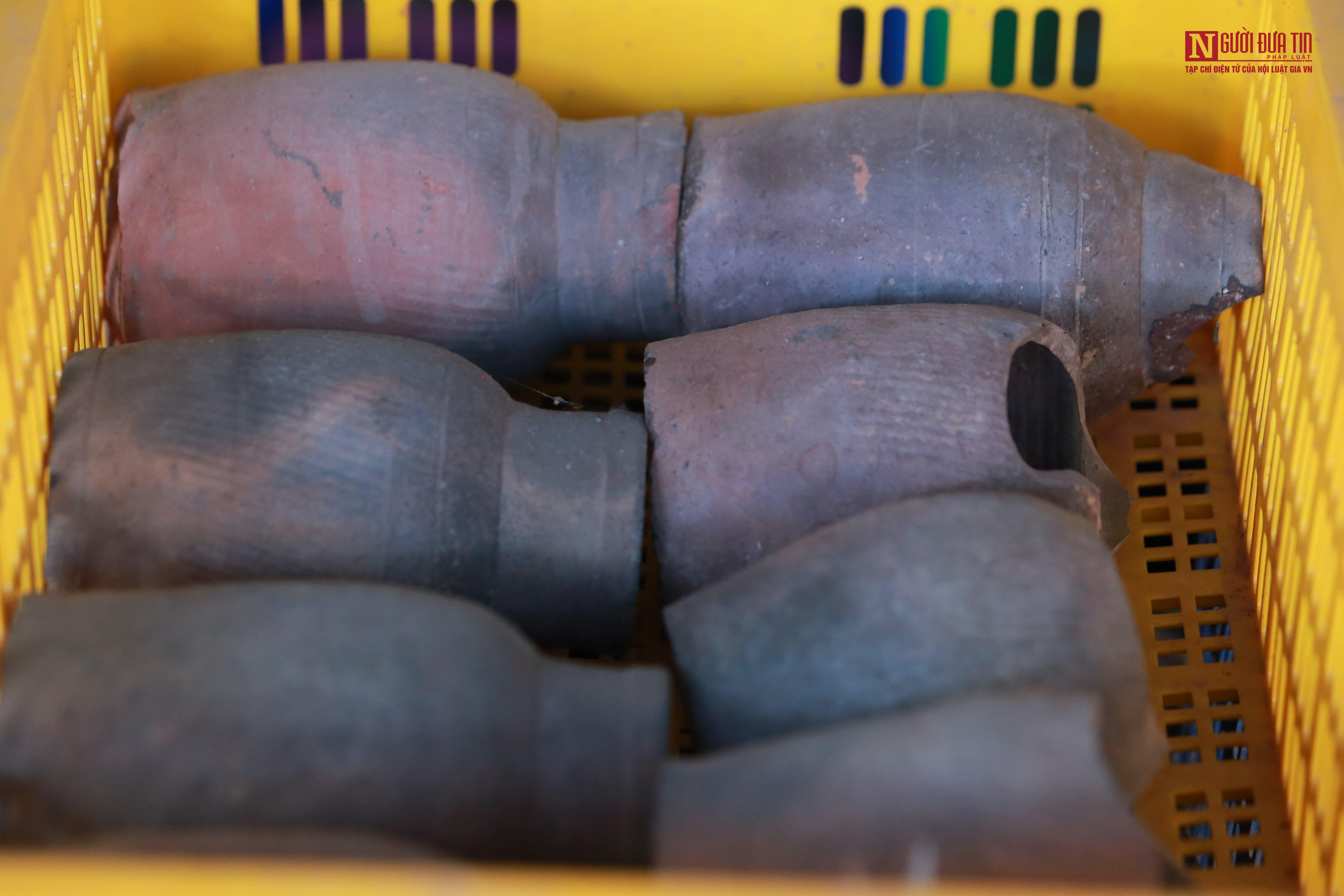







![[Photo] Prime Minister Pham Minh Chinh chairs Government Conference with localities on economic growth](https://vstatic.vietnam.vn/vietnam/resource/IMAGE/2025/2/21/f34583484f2643a2a2b72168a0d64baa)





























































Comment (0)